The 97th Academy Awards showcased a fascinating shift in cinematography trends, emphasizing the enduring dominance of film cameras over digital. With the Best Cinematography nominees featuring an array of legendary cameras, it is evident that celluloid remains at the heart of visual storytelling. Notably, the ARRICAM series led the charge, appearing in four out of the five nominated films. Meanwhile, the Beaumont VistaVision made a rare and exciting appearance, reinforcing the importance of large-format film in contemporary filmmaking. This article will delve deep into the cameras used in this year’s nominees, highlighting insights into the evolving preferences of top cinematographers.
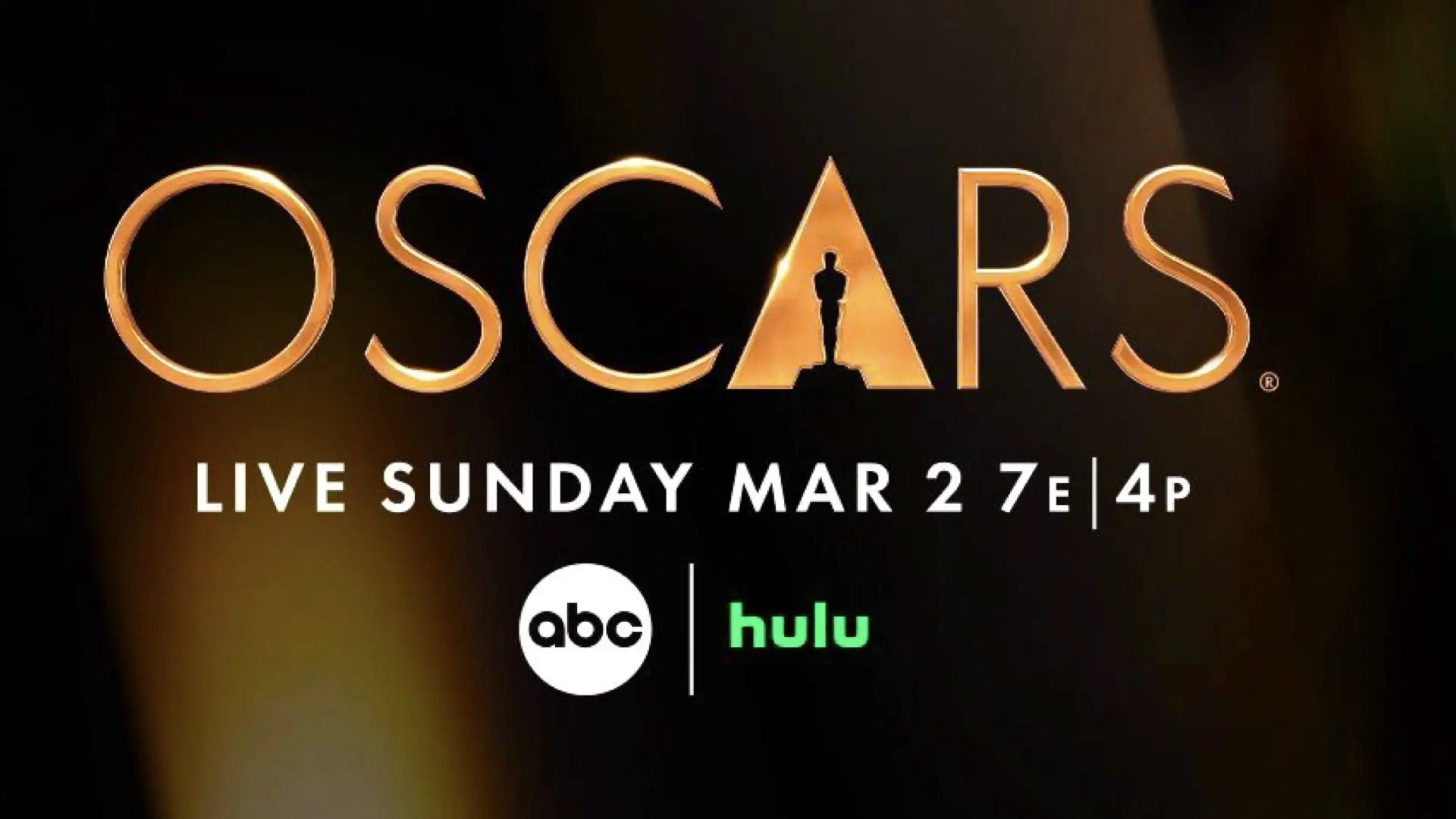
Best Cinematography nominees: The list
These are the Best Cinematography nominees and their cameras and lenses, according to IndieWire’s camera survey:
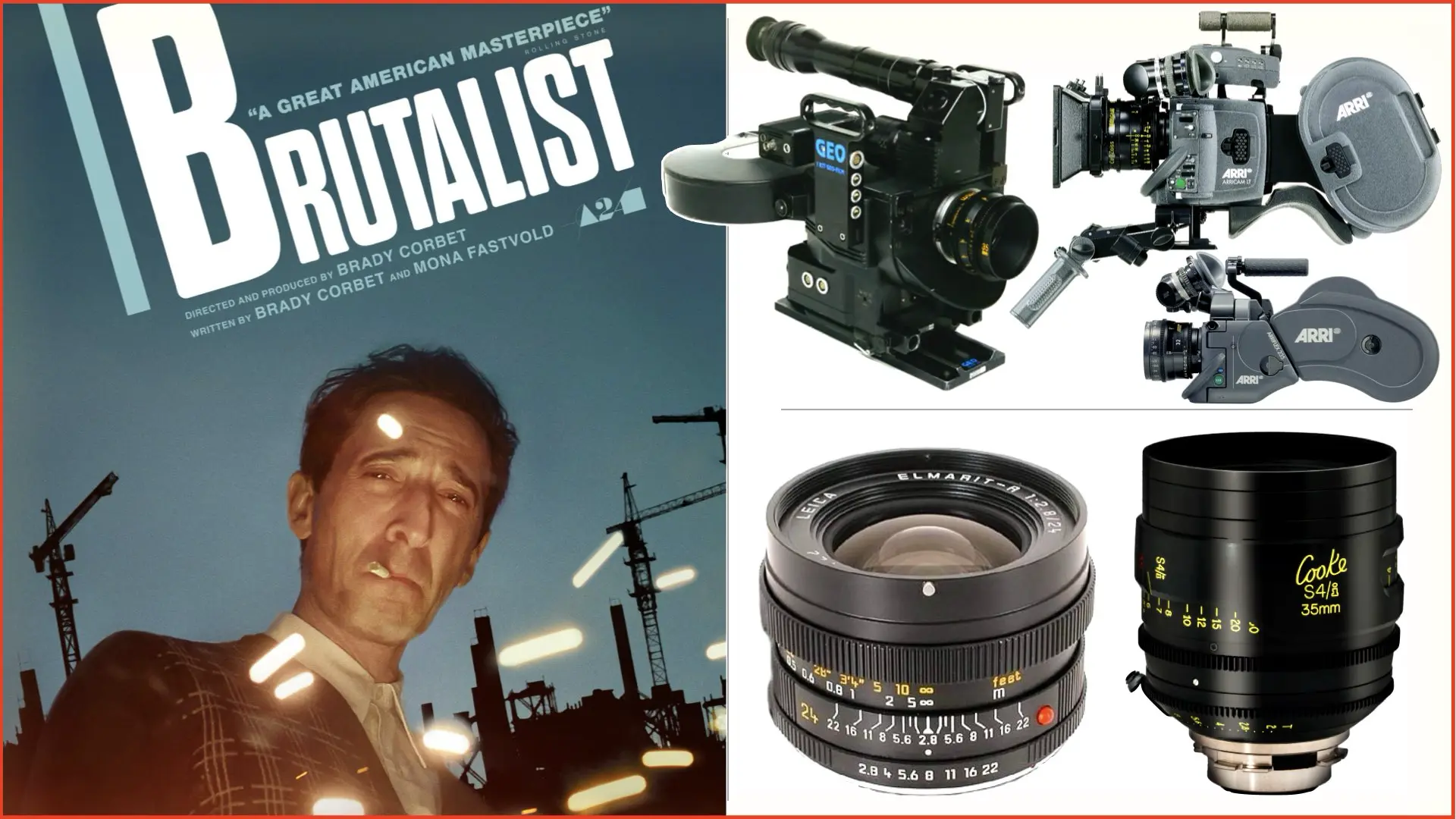

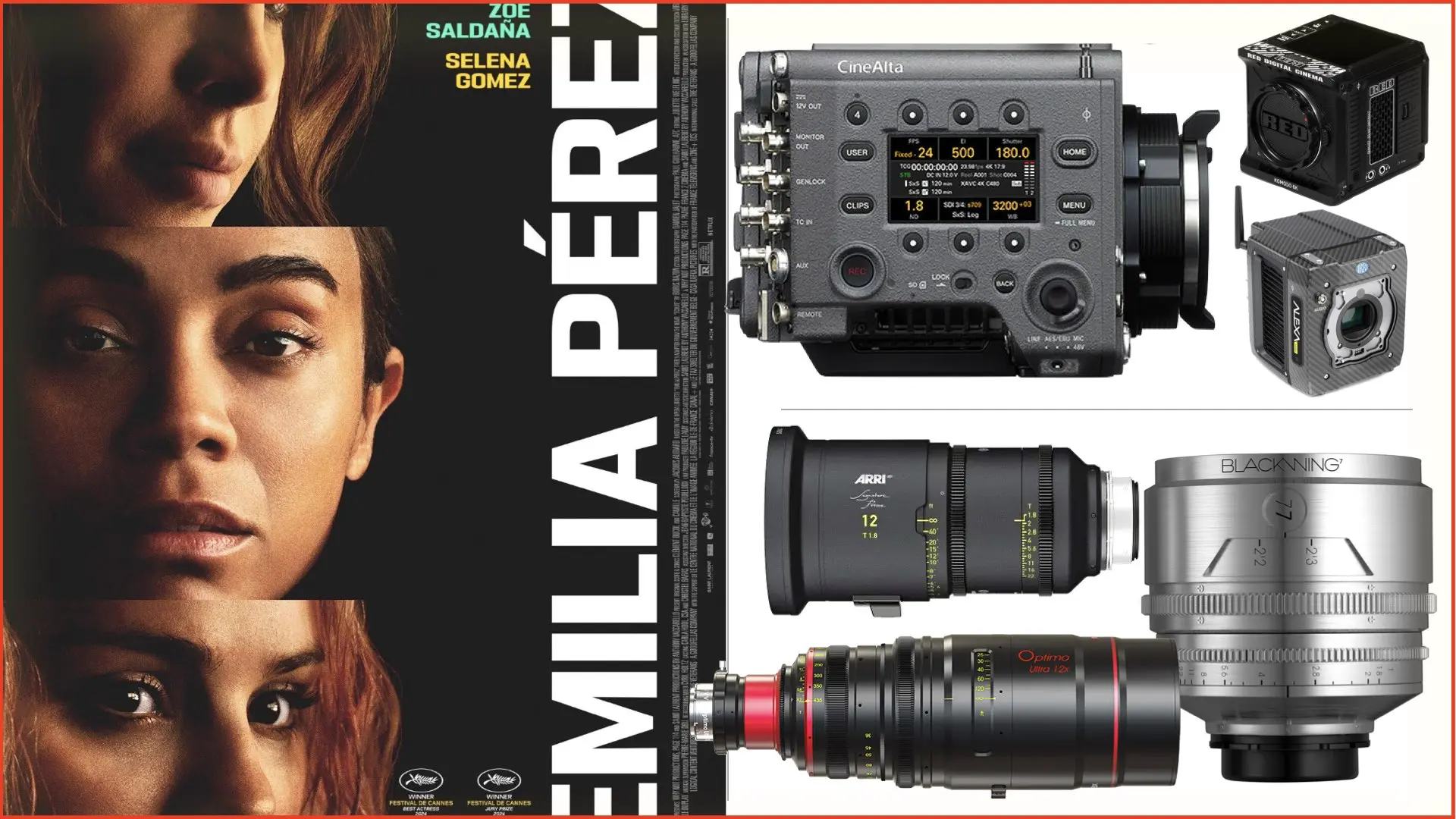

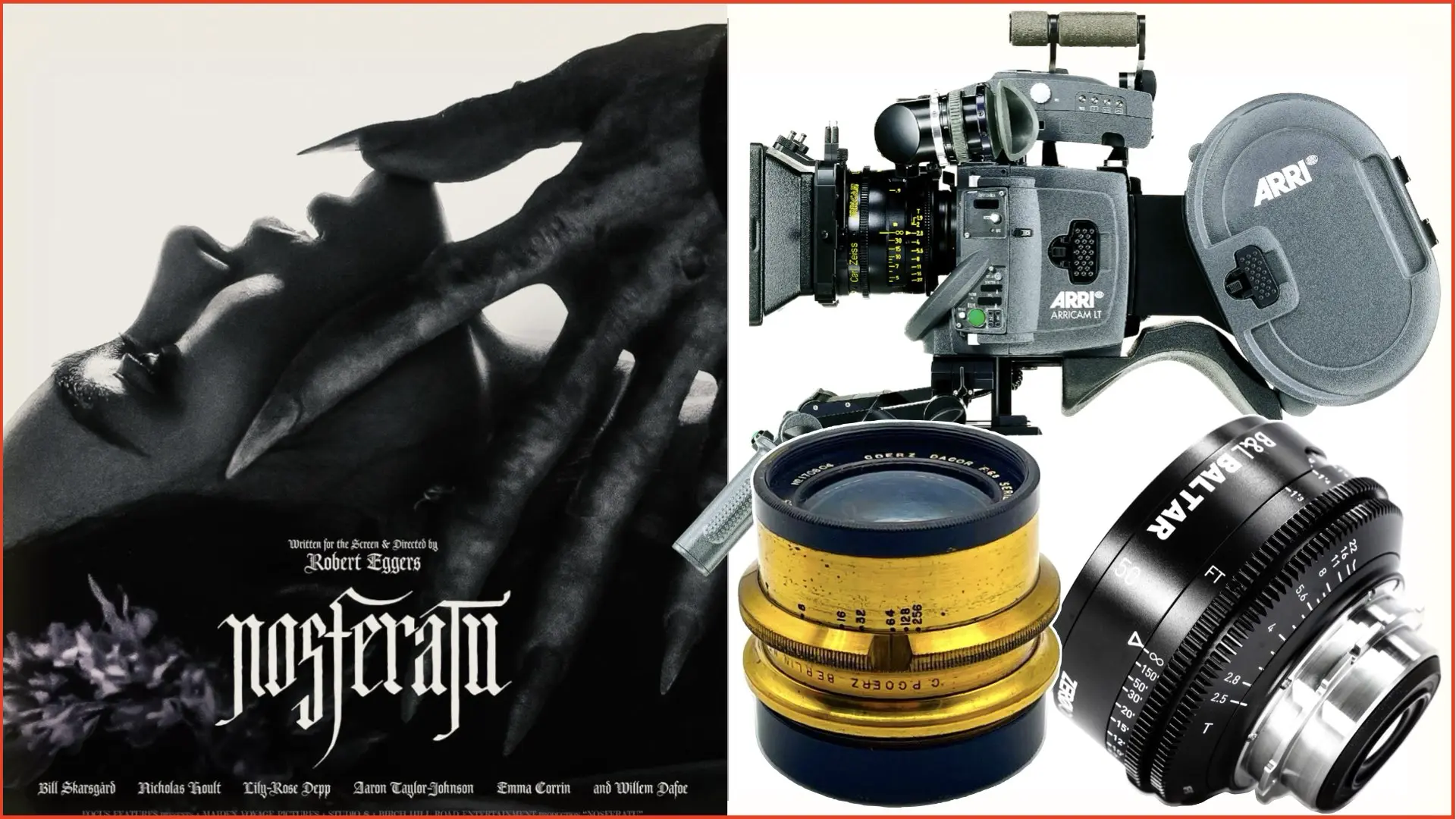
Oscar 2025- Camera Chart
Based on that list, explore the camera chart below:
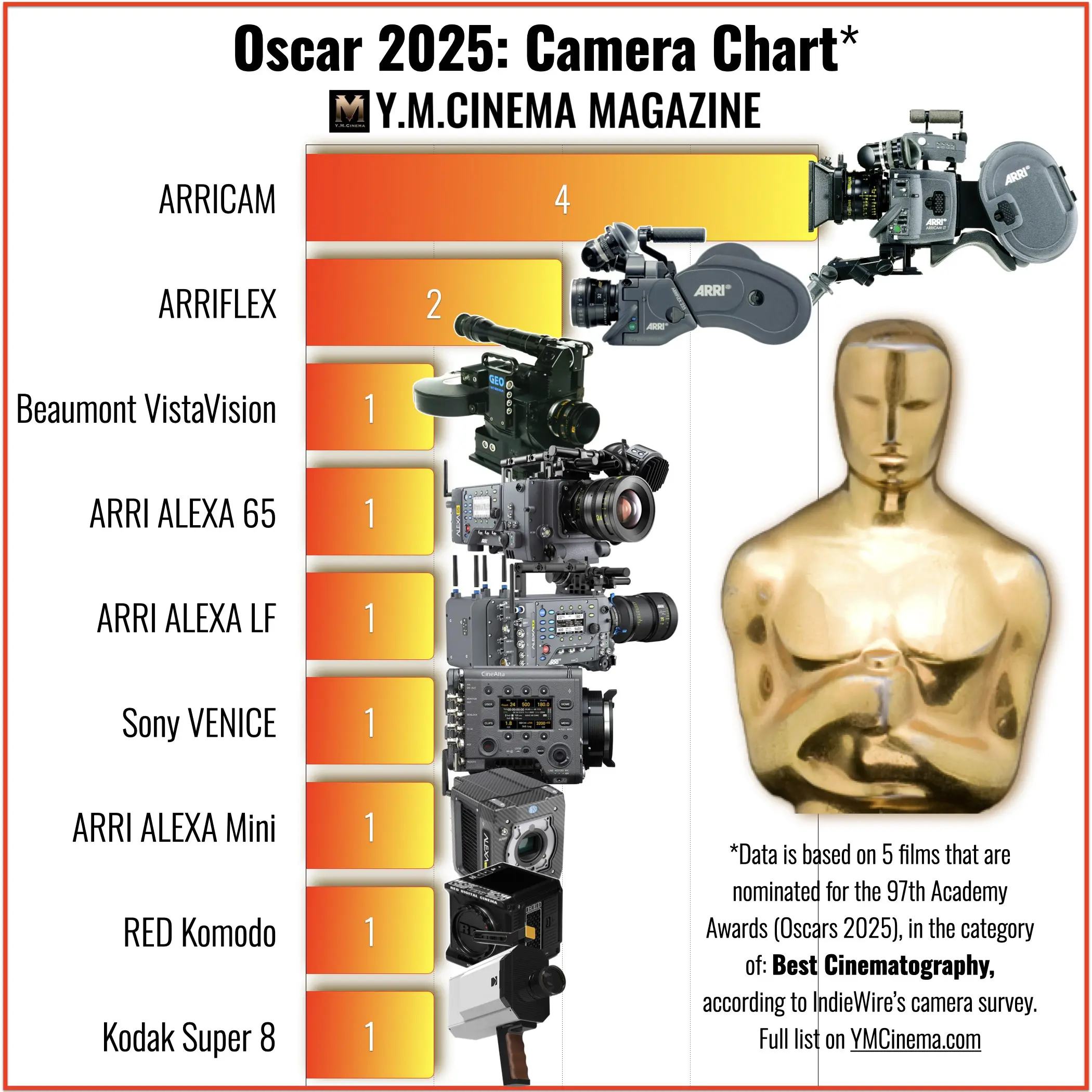
Discussion
Film Over Digital: The Cinematic Resurgence of Celluloid
For the first time in years, a majority of the nominees for Best Cinematography were shot primarily on film. The ARRICAM LT, ARRICAM ST, and ARRIFLEX 235 dominated the lineup, proving once again why these cameras are preferred for their superior image quality and reliability. Films such as The Brutalist, Maria, and Nosferatu embraced the organic texture of film, bringing a nostalgic and authentic feel to modern cinema. A surprising absence from the lineup was the ARRI ALEXA 35 and ARRI ALEXA Mini LF—two of the most widely used digital cinema cameras in Hollywood. Despite their popularity, this year’s nominations suggest that filmmakers are favoring traditional film formats over the digital aesthetic. This choice underscores a broader trend in the industry, where directors and cinematographers are striving for a more immersive, grainy, and tangible image quality.
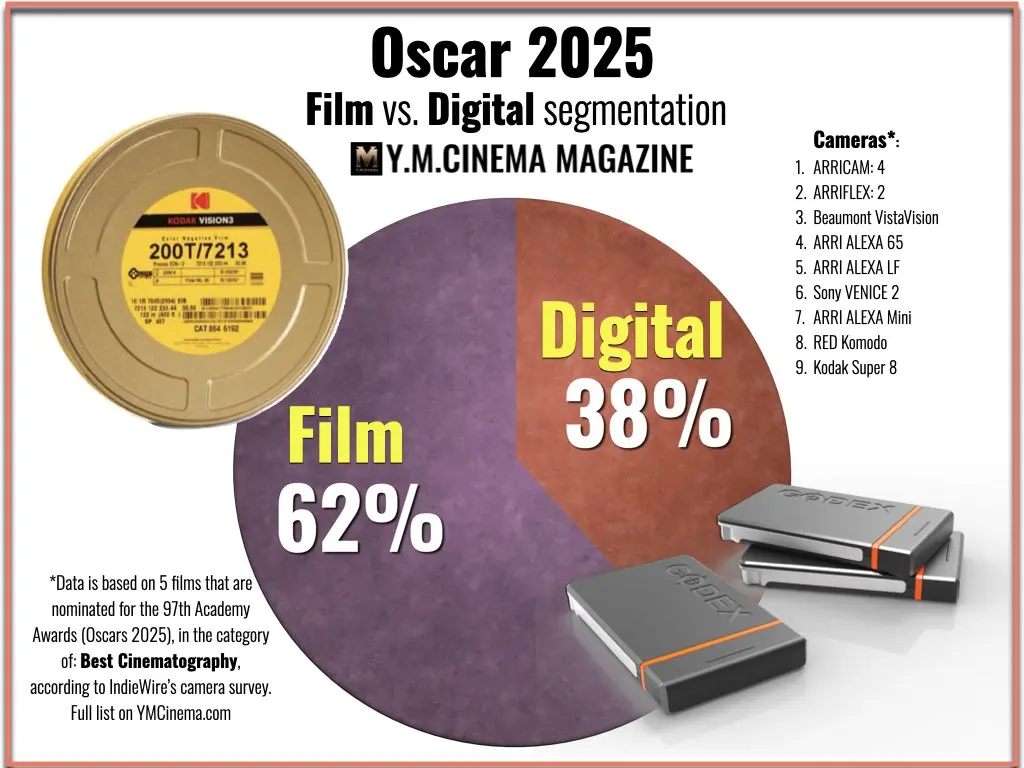
The Beaumont VistaVision: A Hidden Gem
One of the most remarkable camera choices in this year’s lineup was the Beaumont VistaVision, used in The Brutalist. The Beaumont VistaVision camera is a lightweight motion picture system that records an image on a full 8-perforation 35mm film format. This format provides an exceptionally large negative, making it ideal for visual effects and high-resolution cinematic shots. The camera’s compact size also makes it advantageous for Steadicam and remote systems applications, allowing for dynamic and precise cinematography.
Beaumont VistaVision Specs:
- Length: 17″ with 400′ Magazine, 24″ with standard lens and MB-18 Matte Box
- Width: 14″ with 400′ Magazine, 20″ with 1000′ Magazine
- Height: 14″ with eyepiece, 9″ without eyepiece
- Speeds: 2-fps to 72-fps
The use of the Beaumont VistaVision in The Brutalist highlights the growing demand for large-format film, particularly in projects that require the highest image fidelity. This camera’s rare appearance in a major Hollywood production is a testament to its unparalleled image quality and versatility.
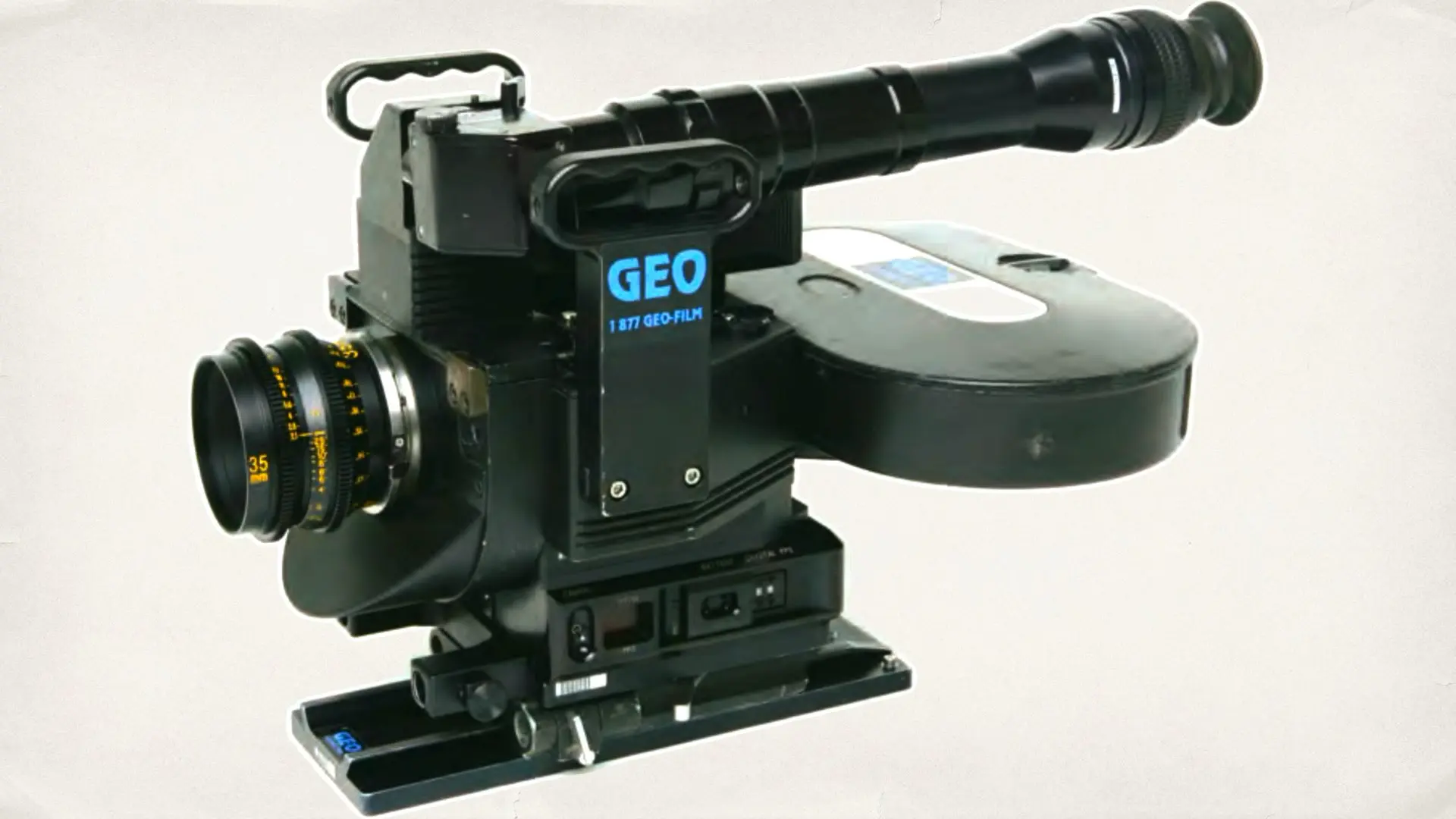
The Role of Kodak Super 8: A Nostalgic Touch
Another surprising entry in this year’s Oscar nominees was the Kodak Super 8 Camera (as a secondary camera), used in Maria. This marks a refreshing return to the distinctive aesthetic of Super 8 film, which is often associated with home movies and experimental filmmaking. The inclusion of Super 8 speaks to the growing trend of using vintage formats to add an organic and nostalgic texture to contemporary films. The use of Kodak Super 8 further reinforces the industry’s shift towards authenticity. As cinematographers continue to seek out unconventional methods to tell stories, expect to see more of these classic formats integrated into high-budget productions.
The Dominance of ARRICAM: Industry’s Workhorse
ARRICAM once again proved to be the industry standard, with The Brutalist, Maria, and Nosferatu all relying on its robust capabilities. ARRICAM has long been revered for its superior mechanical stability, image quality, and flexibility in both handheld and mounted configurations. The ARRIFLEX 416, another standout from this year’s nominees, was used in Maria. This Super 16mm camera has maintained a strong presence in the industry due to its lightweight design and ability to deliver crisp, high-contrast images that mimic the timeless quality of classic cinema.
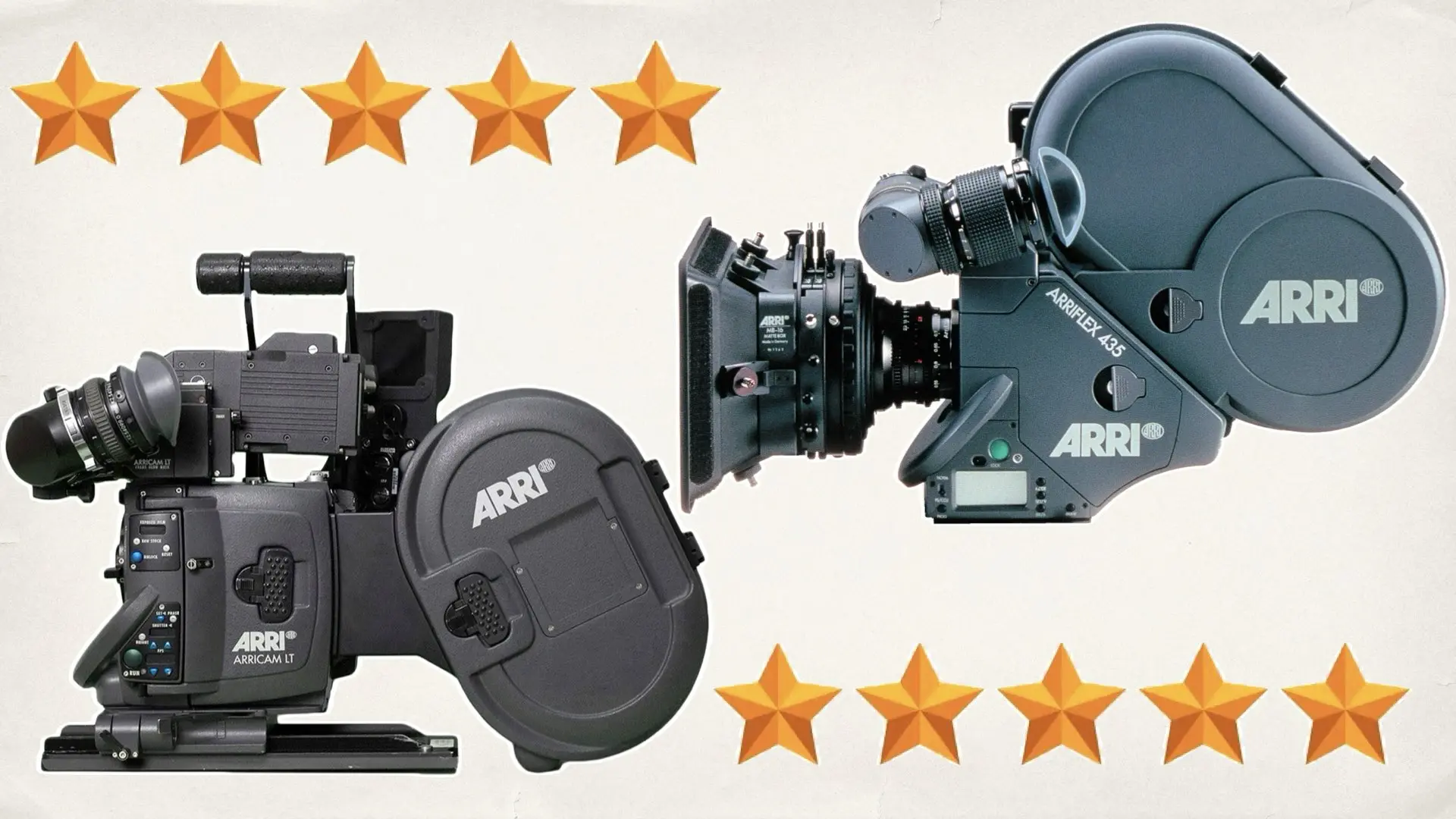
What This Means for the Future of Cinematography
The 97th Academy Awards have provided a clear indication that film remains the gold standard for cinematography. As seen in The Brutalist, Maria, and Nosferatu, top-tier cinematographers continue to lean towards the grainier, more organic feel of celluloid rather than the clinical precision of digital cameras. Furthermore, the absence of ARRI ALEXA 35 and ARRI ALEXA Mini LF from this year’s nominees is particularly striking. Both of these cameras are extremely popular among cinematographers, yet they were not featured in any of the Best Cinematography-nominated films. This signals a potential shift away from digital formats, or at the very least, a diversification of choices that leans towards the artistic strengths of film. The use of vintage formats such as the Kodak Super 8 and the Beaumont VistaVision further illustrates a longing for cinematic textures that feel tangible, evocative, and timeless. With cinematographers continuing to push the boundaries of visual storytelling, we can expect more films to embrace these analog formats in future Oscar races. The resurgence of film over digital at the 97th Academy Awards marks a pivotal moment in modern cinematography. As directors and cinematographers strive for richer textures and unparalleled image quality, the industry continues to embrace the timeless artistry of celluloid. The cameras behind this year’s nominees prove that, despite technological advancements, traditional film remains the undisputed choice for visual storytelling at the highest level.
Related Articles on Y.M. Cinema:
- Oscars 2024: Lenses – Panavision Rules
- Oscars 2023: Figures, Budget, Crew, Shooting Days, and Post
- Joker 2 Deserves 2 Oscars: Cinematography and Best Actor
- The Most Popular Cinema Cameras
- Oppenheimer’s Cinematographer: “Shoot Film – It’s Much Easier Than You Think”
- 96th Academy Awards: The Cameras and Lenses
- ARRI Sells the All-Mighty ARRIFLEX 435 Xtreme for $21,000 – Would You Buy It?

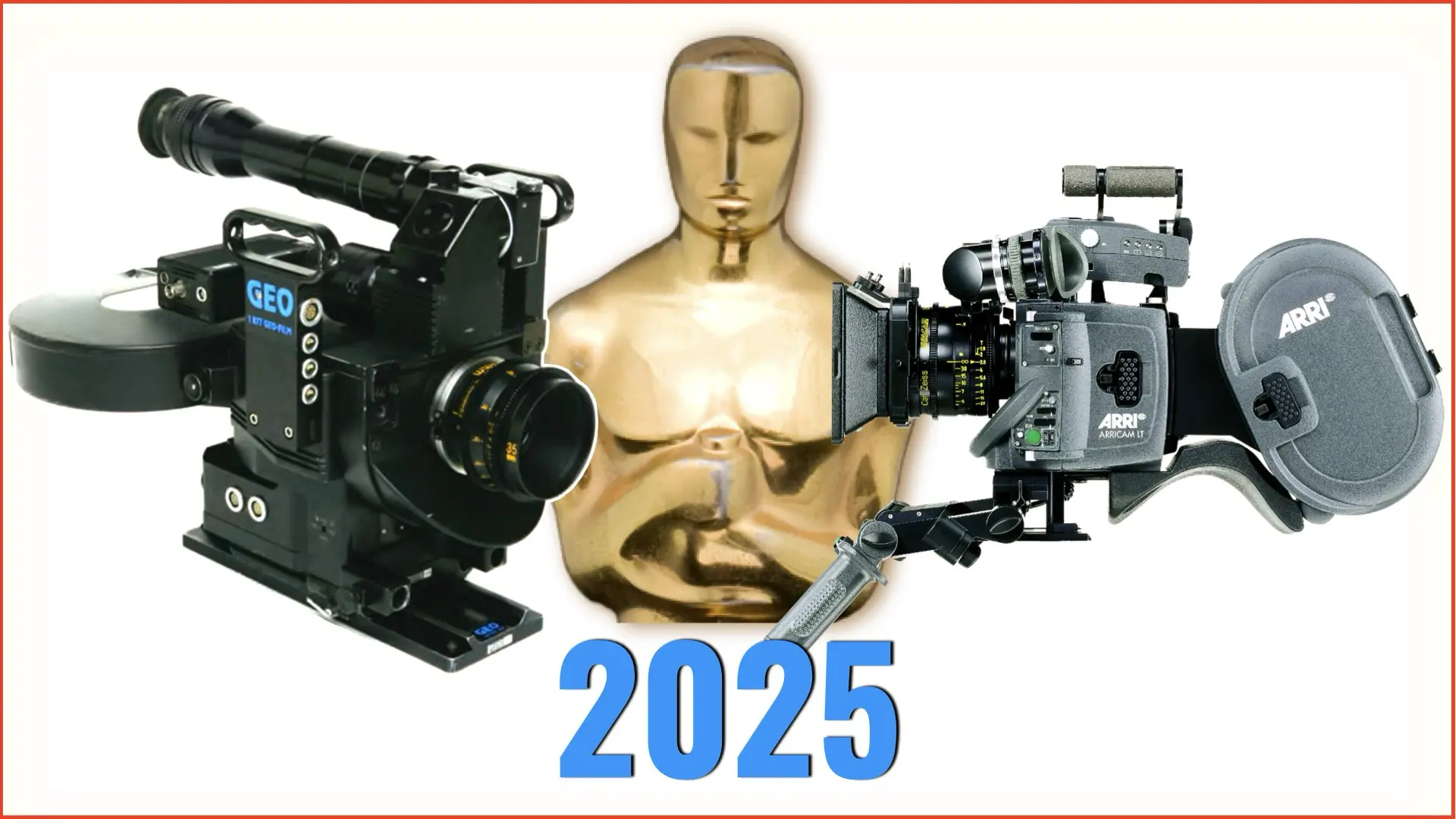
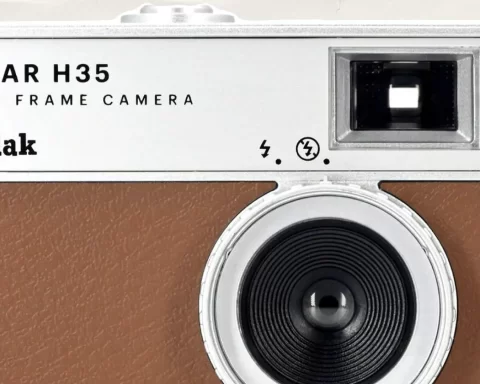
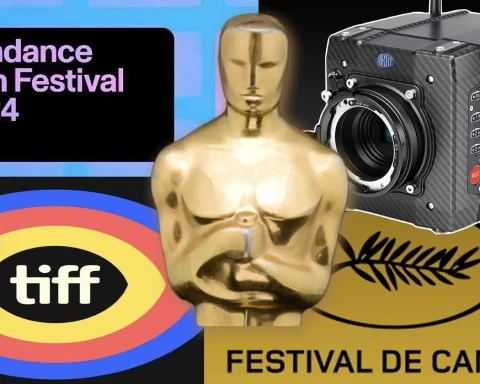
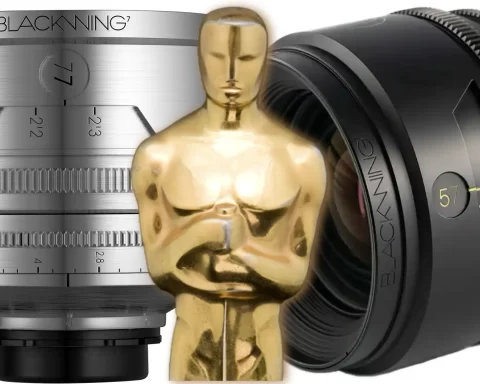
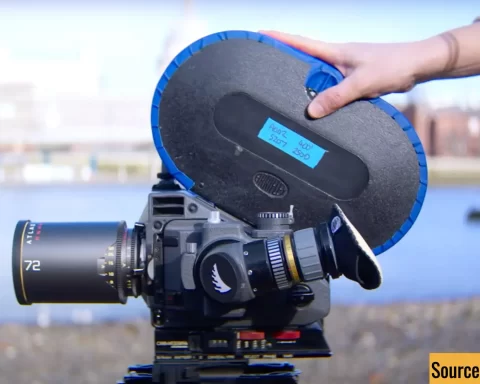
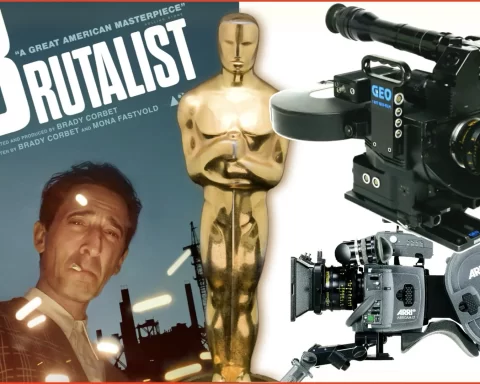
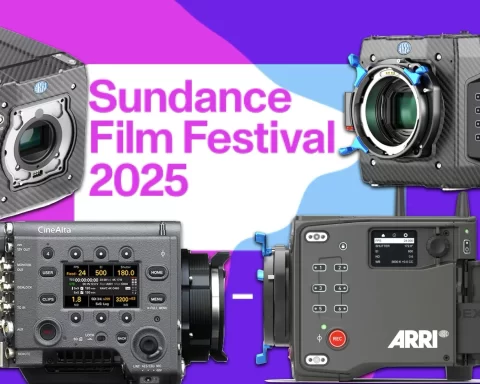
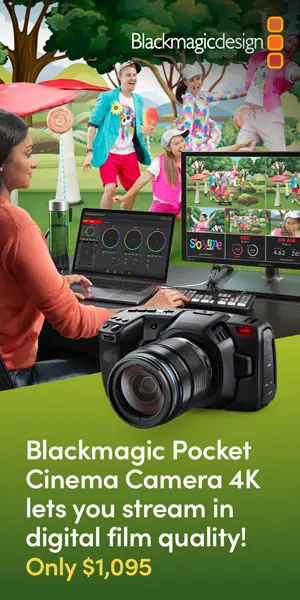
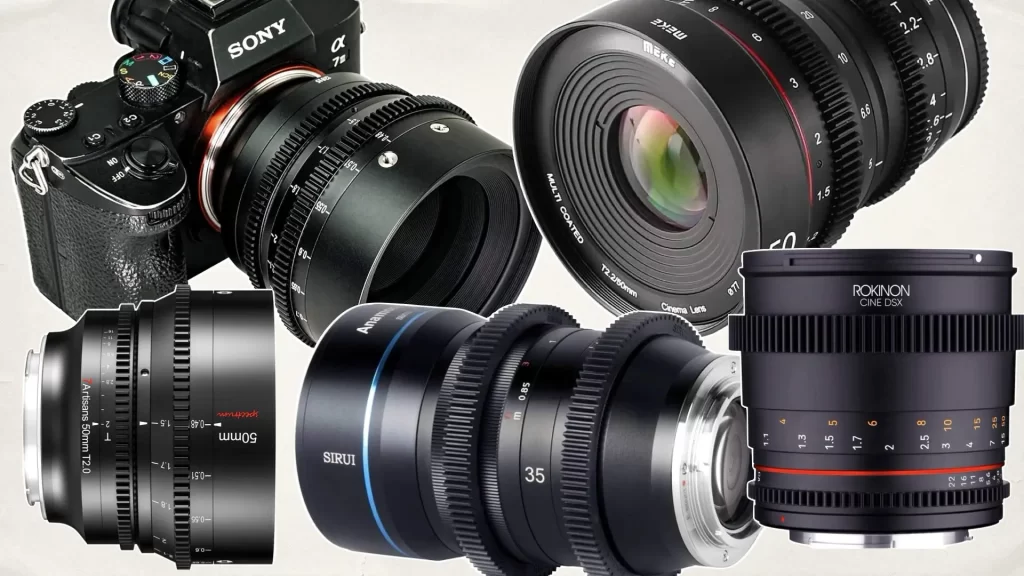
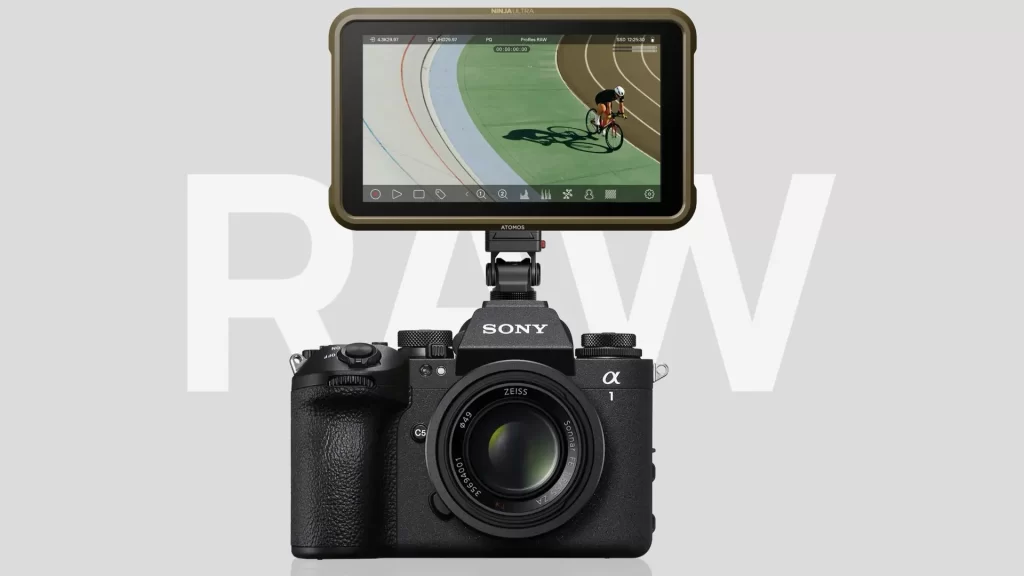
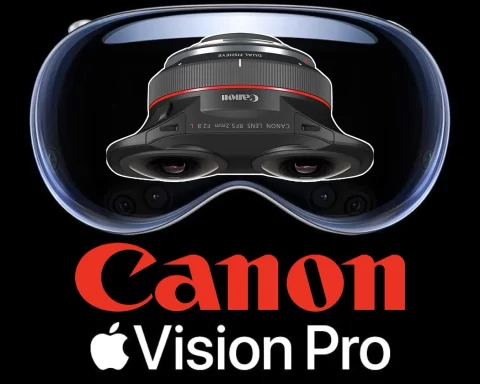
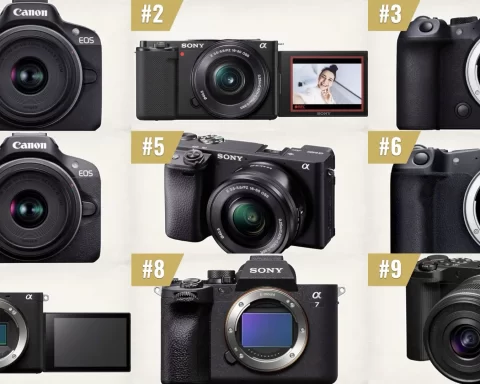
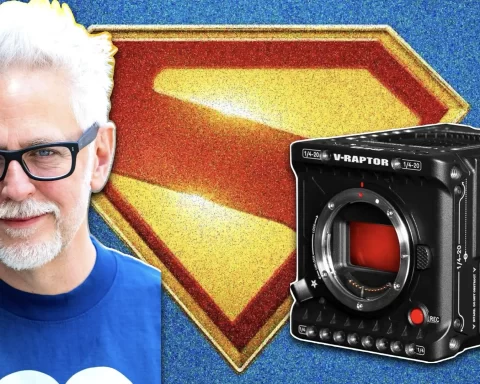

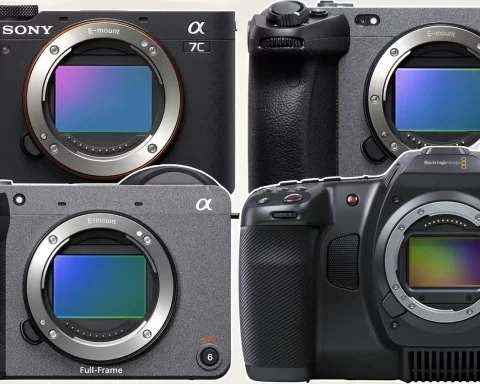
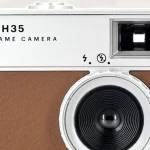

Lenses that have been overlooked but are totally compatible with the Kodak Super 8 are the Neldonisn(R) lenses from Infinitu Photo-Optical of Colorado USA.
When equipped with C-mount, their smaller projection has more than sufficient light throughput. Their unique
characteristics are unlike any other lenses as they are based on microscope tech.
They are sold by B&H.
Details:
http://www.ts-160system.com
http://www.mikromak-primes.com
Let’s hope this trend continues, and a legitimate shift back to shooting on film occurs. I’ve had it with digital garbage. It looks all wrong; it feels all wrong; it’s just wrong. Plus, beyond the aesthetic/textural discussion, movies (and TV) shot digitally just tend to not be very good at all. This no doubt has to do with the mentality of everyone when digital cameras and a digital workflow are being utilized rather than film. To say it cheapens everything and diminishes every aspect of the production would be putting it mildly. As such, I hardly ever even go to the theater anymore. Anyway, it’s especially nice to see VistaVision getting some love this year. Now if we could just get the studios to undo their idiotic mistake of forcing digital projection and get film prints back in theaters…
Totally understand the love for film—there’s a richness and organic feel to it that digital still struggles to fully replicate. The fact that ARRICAM and VistaVision are still in the mix for Oscar-nominated films shows that many top cinematographers share that sentiment.
That said, digital has also enabled incredible advancements in cinematography, giving filmmakers more creative flexibility, accessibility, and cost-efficiency. It’s not just about the format but how it’s used—think of films like Dune, The Revenant, or Roma, all shot digitally but with a cinematic approach that rivals film.
Would love to see a world where film and digital coexist rather than one replacing the other. At the end of the day, great storytelling and strong visual craftsmanship matter most, regardless of the medium. But yes—seeing VistaVision in action again is definitely a win!
THX!
Yossy
I deeply agree with “P.”, couldn’t say it better. Digital is a DEAD Picture. The End-Consumer is has no clue, but they are felling that. Digital Video Content at Digital Cinema is nothing with effort, no Art, no Craftsmanship in Movie “FILM” Making. Year after Year, less and less People want to spent money on “Digital” Garbage Content. Series and Movies look all the same today, very clean, high Dynamic Range, no Contrast, no Light Descissions, mostly grey and soft for cheaper CGI Bullshit, just dead.
Yossy, you’ve got it, Film has the organic Texture. It is the limited and specific beahviour of Film in various Lighting Situations, that all creates the Effekt of the Illusion of the Story seen on the Canvas. Digital can’t replace that. What you are telling felxibility etc. that’s all interessting, but more for high budget Adversting Branch. Digital is best for Entrepreneurs and Freelancers. No, there is no more creativity, Nothing is better on digital. Thera are no limitaions on shooting with film. Every Movie you are telling would have looked more epic/magic on real Film. Dune 2 doesn’t profit from Digital at all. It looks clean like a Series. Let’s hope G.Freaser will never go back after shooting Jurassic Park rebirth on FILM. Hollywood needs to shoot on Film again.
It was never about the Money, i don’t want ever to hear that argument again. Even low Budget commercial Movies can be shot on FILM easily. I really don’t know where all the huge Money goes on todays multi million crap movies…
The biggest Problem we have on the Projetor Side!! No new 5/70mm Machines, and even more important, new IMAX 1570 Machines. We are all waiting that these wealthy Companys do the right things to save the delining cinema. The Viewers speak a very clear message!
There’s no doubt that film has a unique, organic texture that digital still struggles to replicate. The way celluloid interacts with light, its grain structure, and the limitations it imposes often contribute to a more crafted, artistic approach to cinematography. That’s why many legendary directors still prefer it.
That said, digital has its own strengths—flexibility, low-light performance, and accessibility—especially for independent filmmakers. The industry’s shift to digital was never just about cost; it also introduced new creative possibilities. But I agree that some modern digital productions can feel too clean, relying heavily on post-processing rather than in-camera artistry.
And you’re absolutely right about projection being a huge issue. Even if more films were shot on 70mm or IMAX film, we need the right projection systems to truly experience them as intended. Hopefully, studios and theater chains will recognize the demand and invest in keeping real film projection alive for future generations!
THX!
Yossy
Yes. I’m doing hard accepting Digital Image Tech. as a standalone. Digital has no charakter, nothing “own” “unique”, maybe the video-isch look.. or burned highlights, no life, no illusion. Digital is good for reportage, it’s plain real, unfiltered as you were there, 60fps amplifies that too (which i welcome if i really want to see sth. clearly on a monitor) But in the Movie Industrie, Digital Cinema has/had only one purpose has done only one Thing – kill Film and copy it from the ground DNA till ultimo, over decades. It is a multimillion dollar business, software, filters, promisses etc. That’s why i can’t take it romatically to say that both are just co-existing. Digital is no Friend to Film. Everytging we like is based on the Human Achievement with Film Technologie, it should get more respect and should be used too.
Cinema Projection is the biggest problem IMHO. 4K is realistically a Home standart today, it is not suffuciant for large screens like 20m etc. Cinema needs more to convince in 2025. It needs 8K, that would be the correct scale for Cinema, 4K is optimal balanced and doing a perfect job for Home.
8K or 5/70mm is the scale for Cinema.
On Camera side, we are there, plenty of very good 8K Machines from RED, Blackmagic!, Nikon, Achtel and of course the IMAX MSMs as holy grail. There is a huge gap these days, Cameras are far ahead of projectors. There is no sense in these Cameras if can not display it!?! That is horrific situation for espacially IMAX Digital Laser.. using unsharp Pixel overlay and screenshaker.. because the Technology & Resolution is lacking, just to fake it to end. what crappy times we livin in.
I’d prefer 70mm Machines for many reasons. They would give the mostly digital video Productions some live on the screen due to conversation (to be realistic, most stays dig. produced). And for Film Productions it would be the most asthetic pure analog expierence. I’m tlaking 70mm projection, not 35mm which we don’t need to use anymore. 5/70mm can project 8K in fine grain manner. Other Way would be a needed 8K DLP Dci Chip, which is not existing today. Or a 8Kx6K DLP Imax Chip for 1.43 would be very interesting for a 1570 economic comparision, but will liekly NEVER come. So 1570 Projection with enormous more image detail than 8K will remein ultimate gold standart for Cinema for the next 20 Years minimum
Sony fx3 camera allowed in oscar please details me more information and which is required